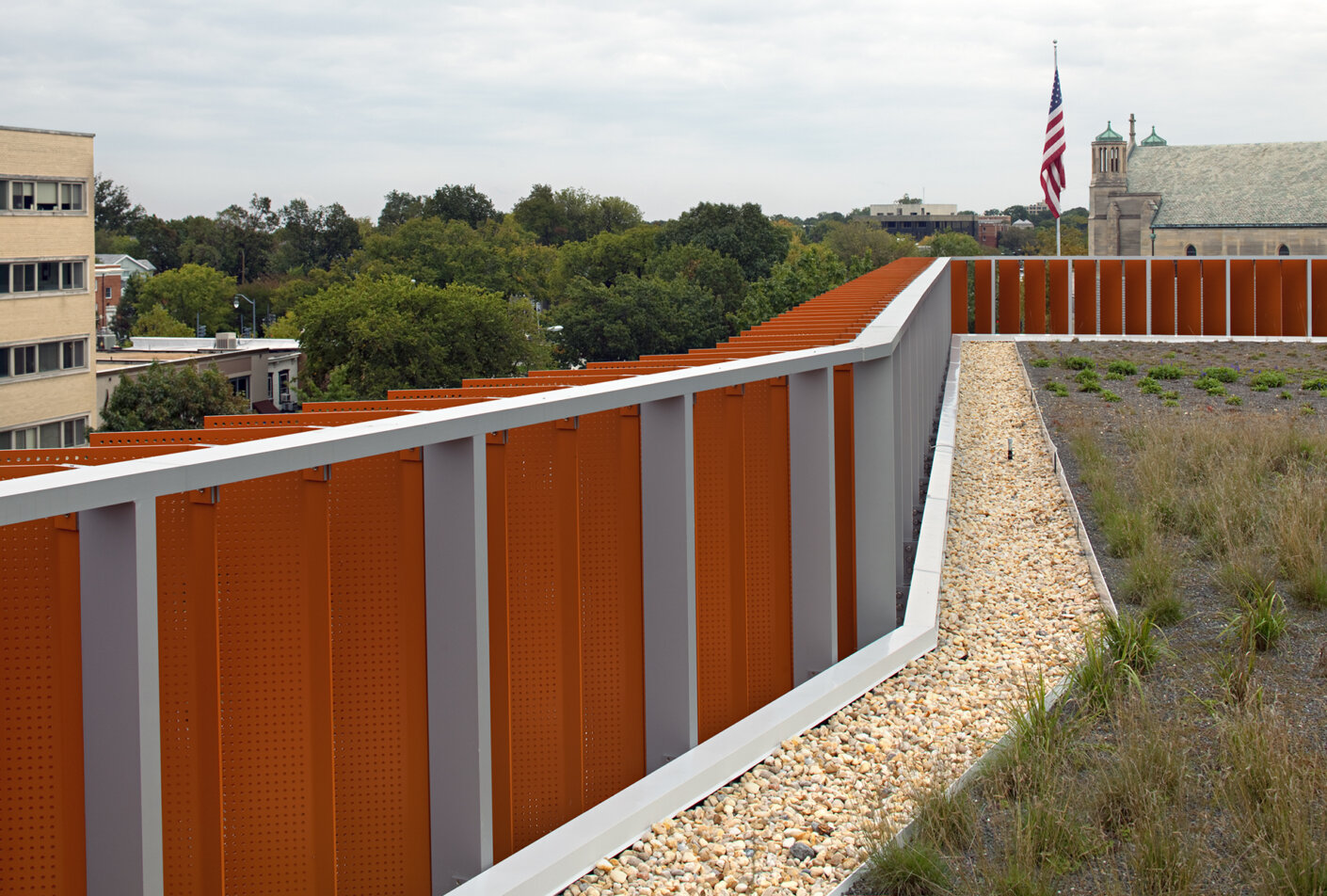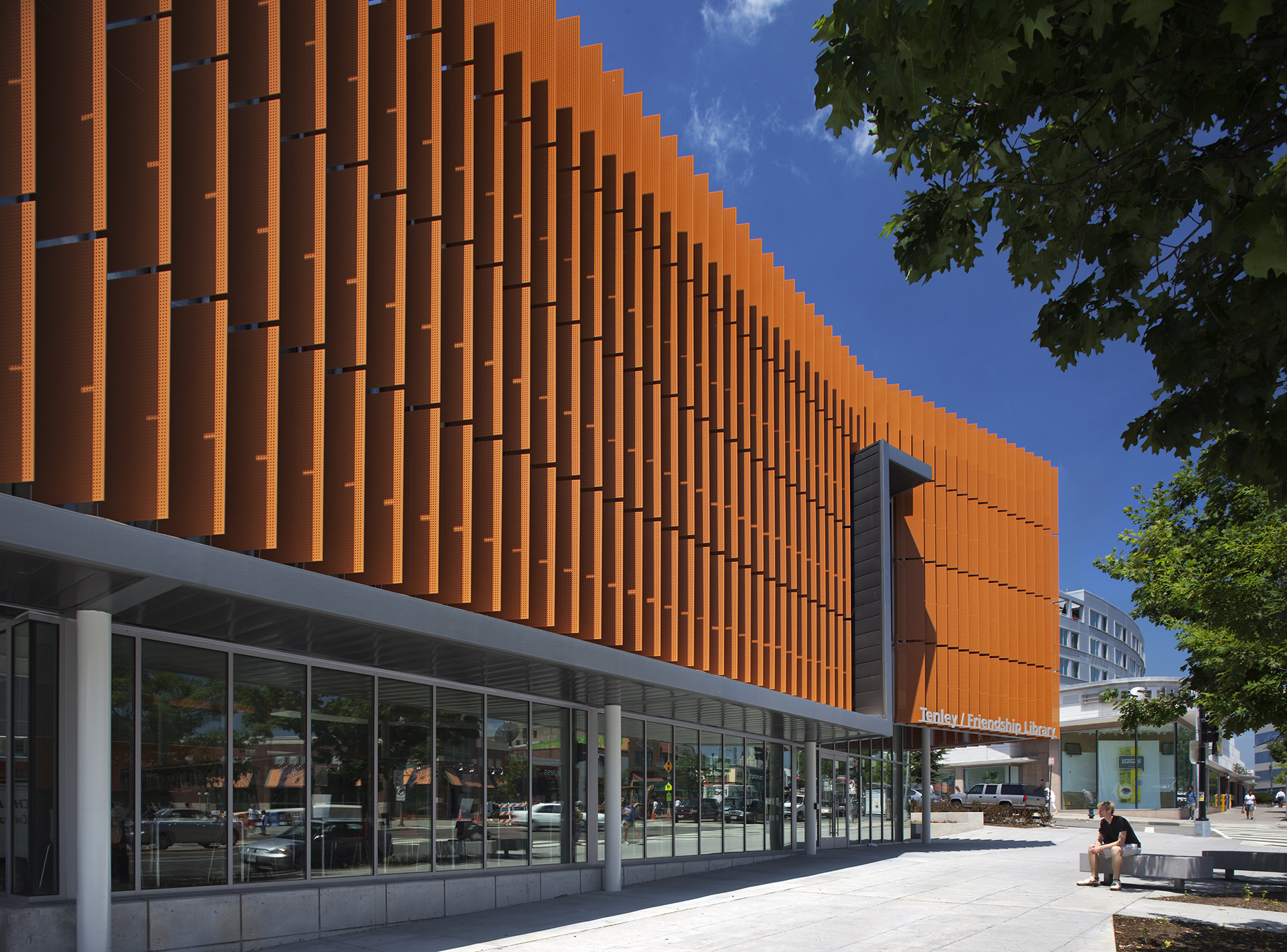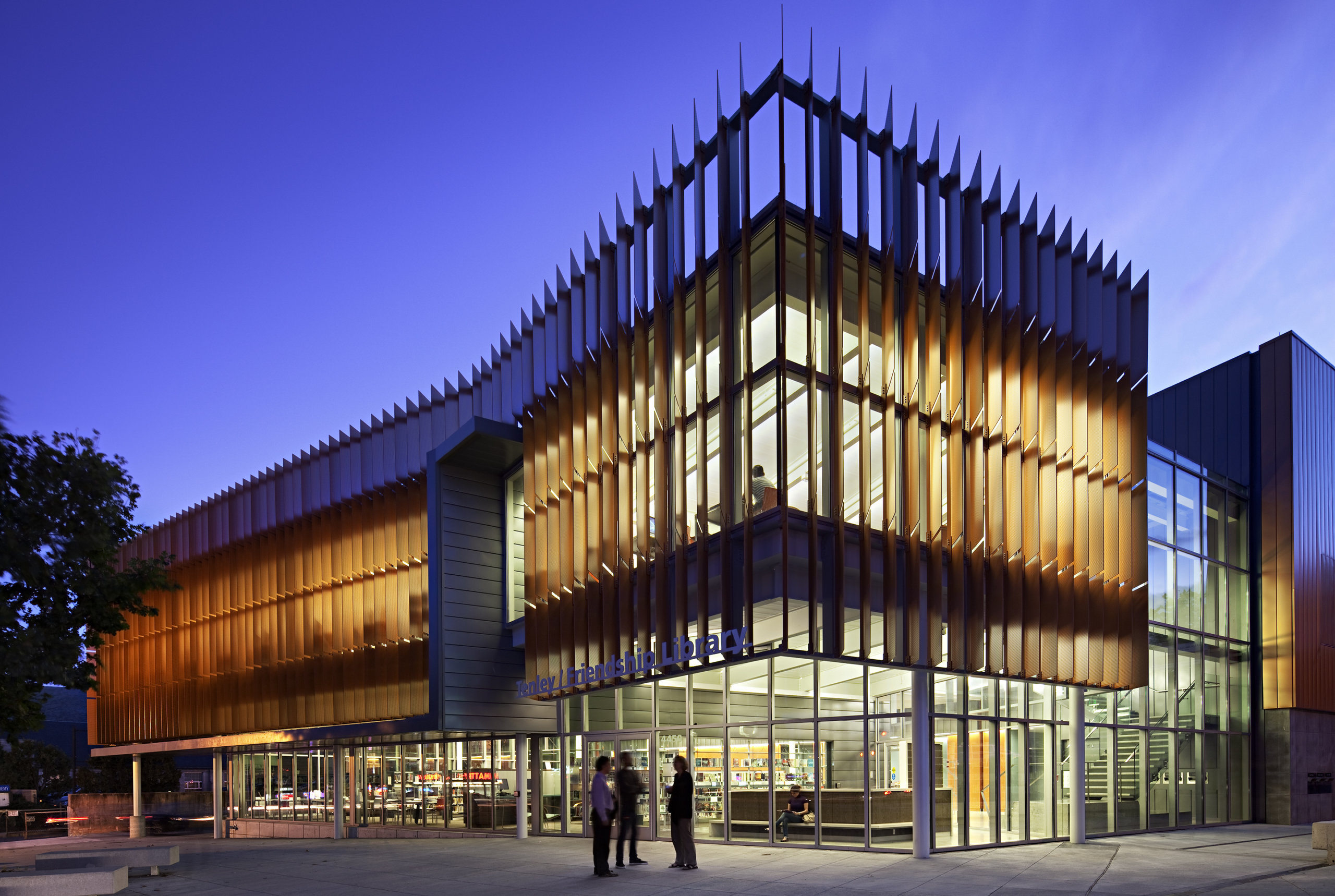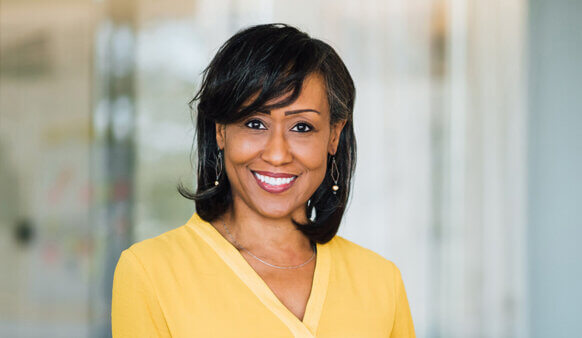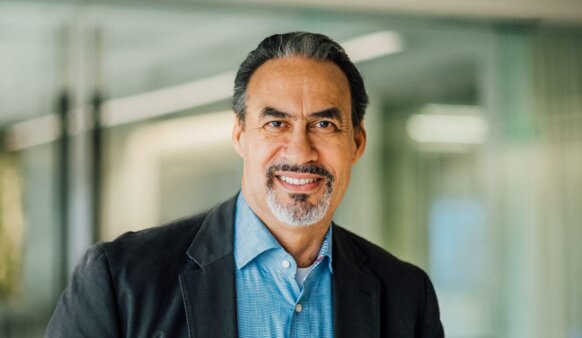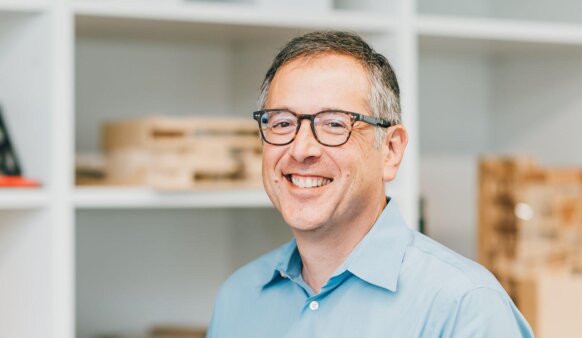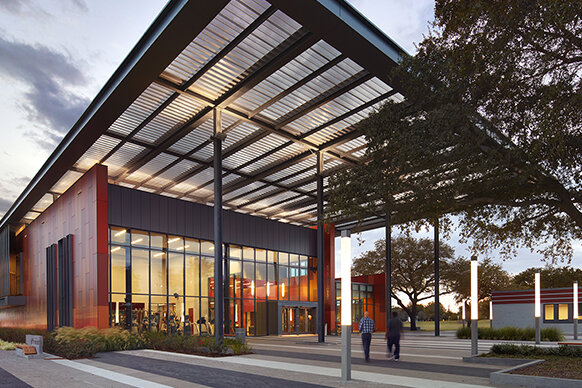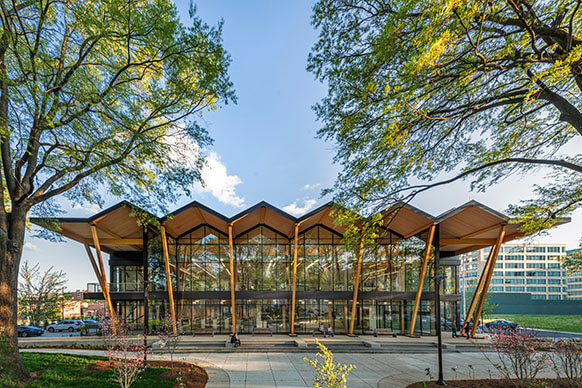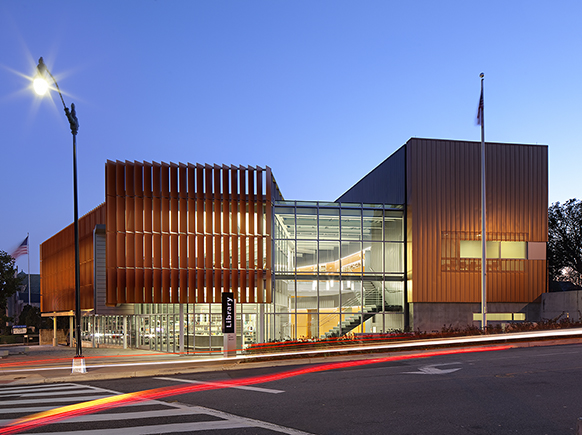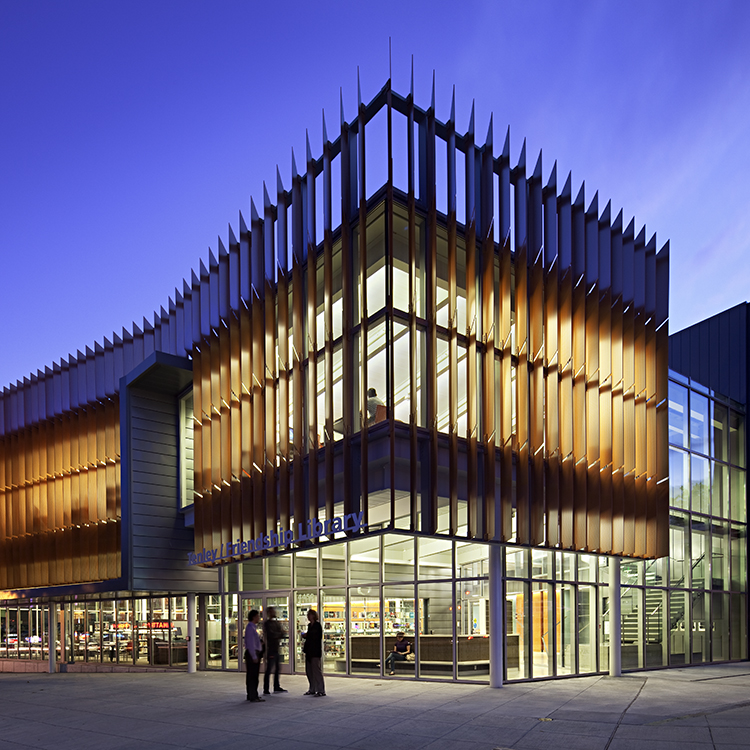
Tenley-Friendship Neighborhood Library
Replacing a 1950s era cinder block building, DC’s Tenley-Friendship Neighborhood Library integrates itself into a bustling urban street and engages patrons of all ages.
The old building’s stark interior walls, metal-framed windows, and fluorescent lighting now give way to glass walls, allowing passersby to see inside and natural light to flood the library—merging the space of the street with the library’s interior.
The open design allows space to be flexibly divided with shelving to create separate zones for children and adults. The children’s area features a colorful cozy rug area for very young toddlers, with seating and computers for school-age children.
A glass staircase leads patrons upstairs to more adult reading areas, teen space, and meeting rooms. Light streams in through floor-to-ceiling glass and skylights. A sunny reading area for adults is separated by stacks and is outfitted with comfortable lounge seating.
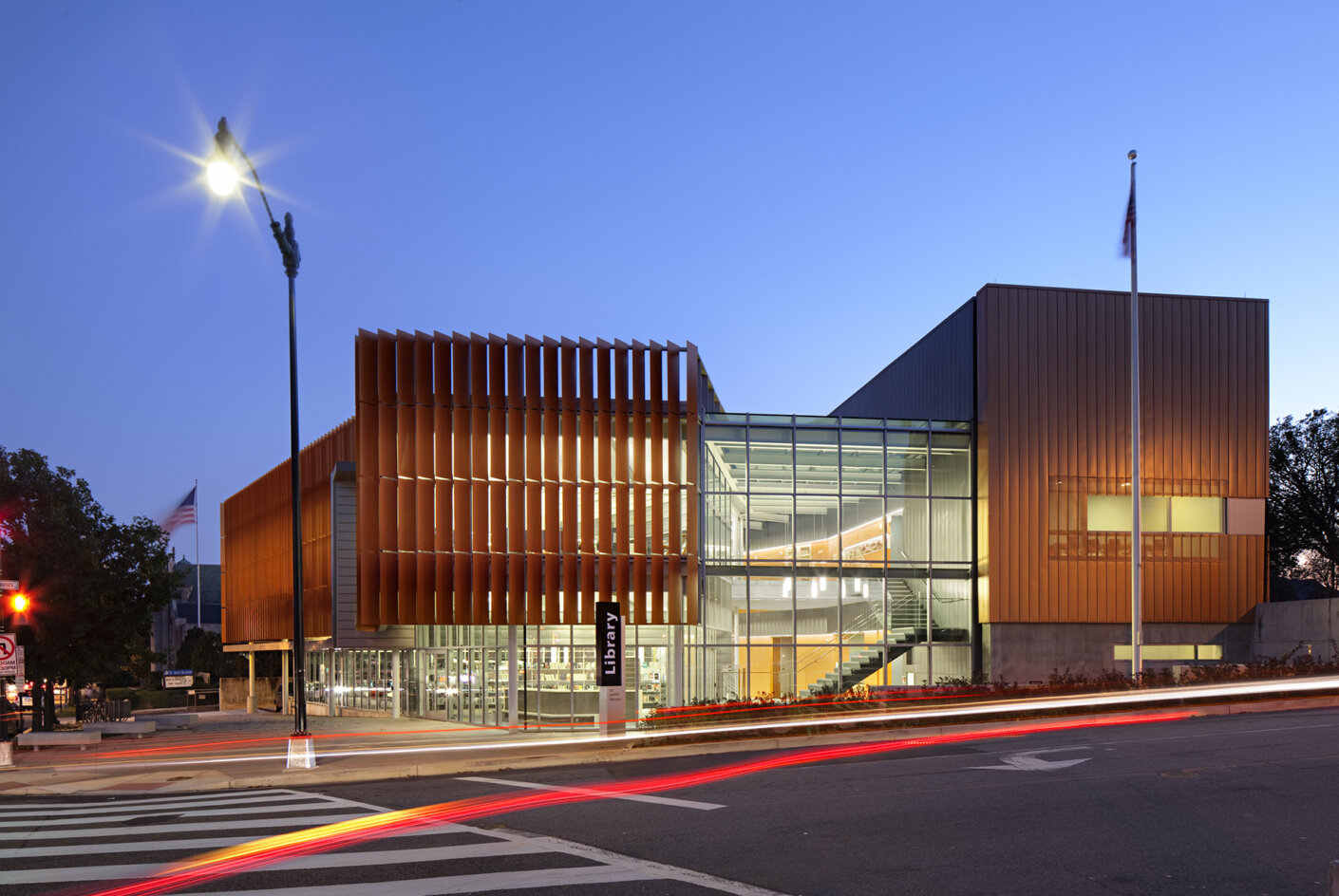
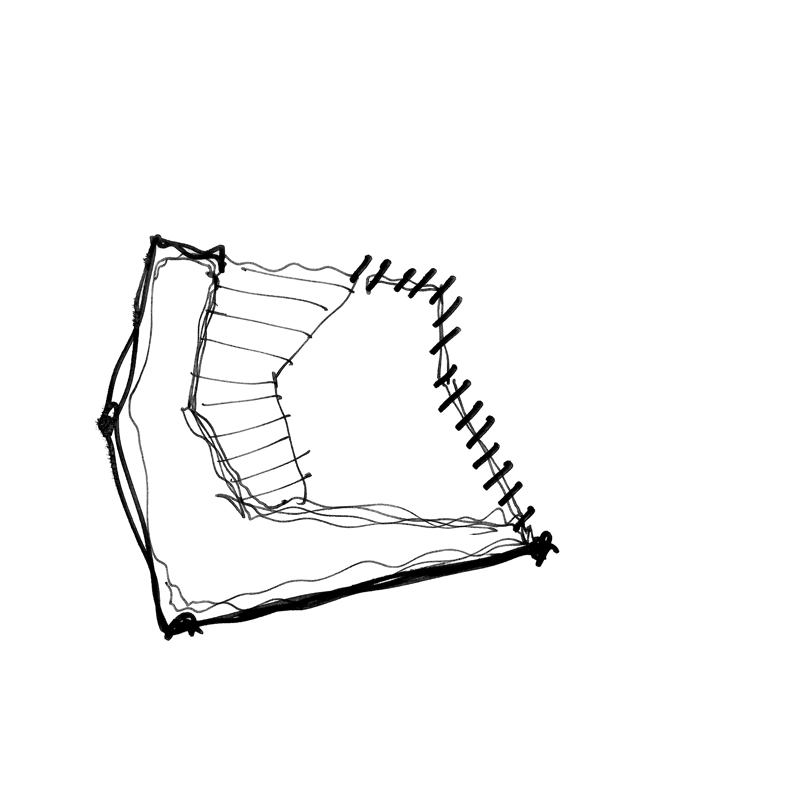
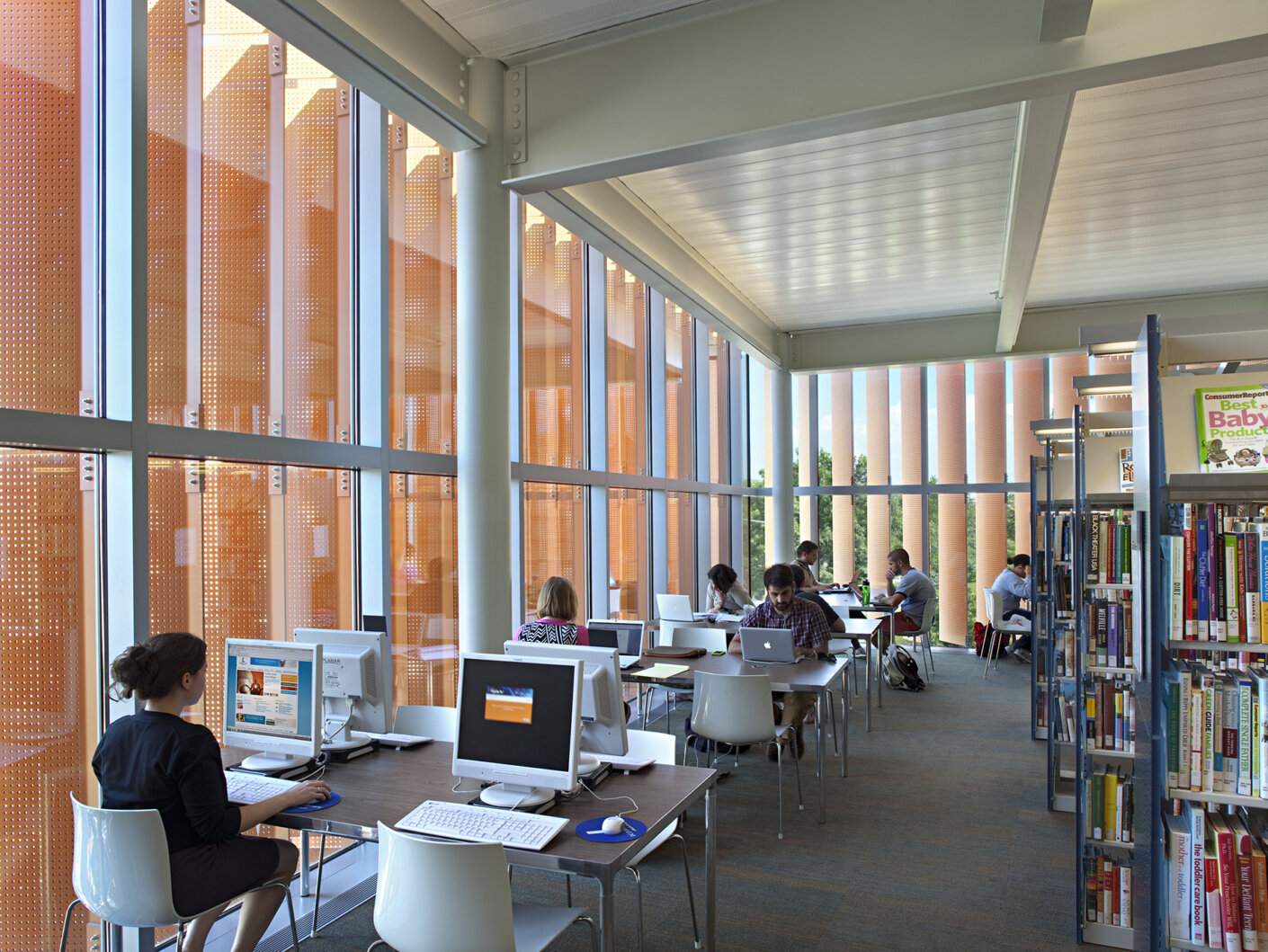
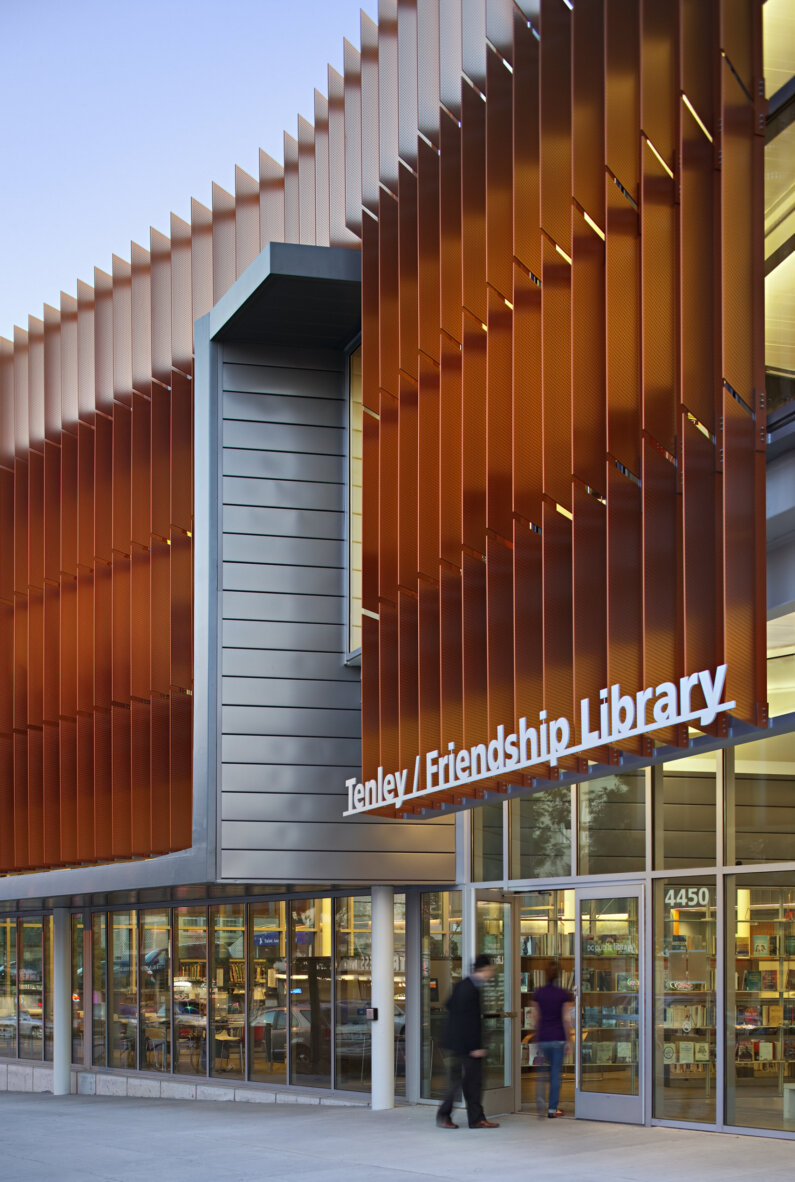
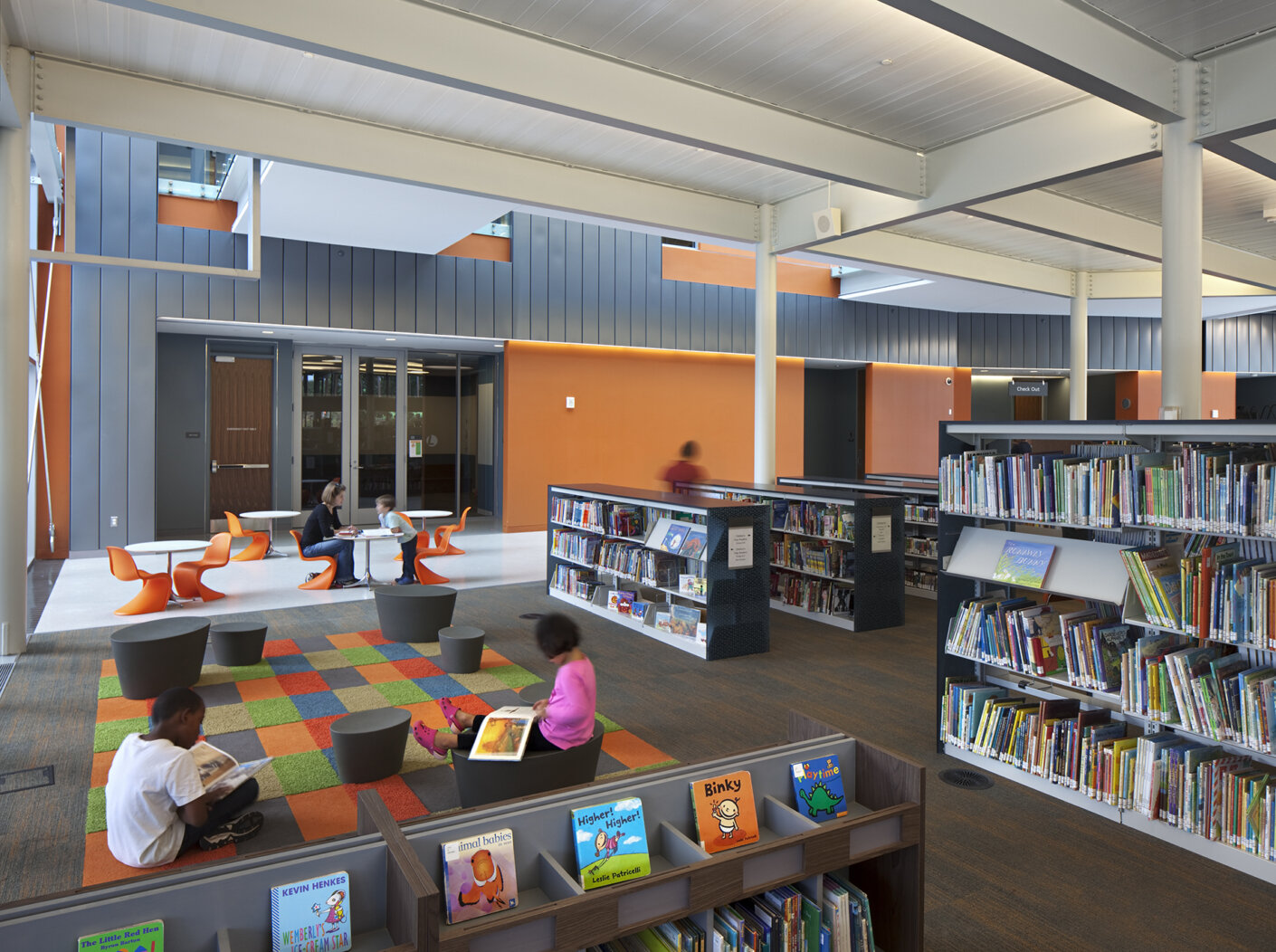
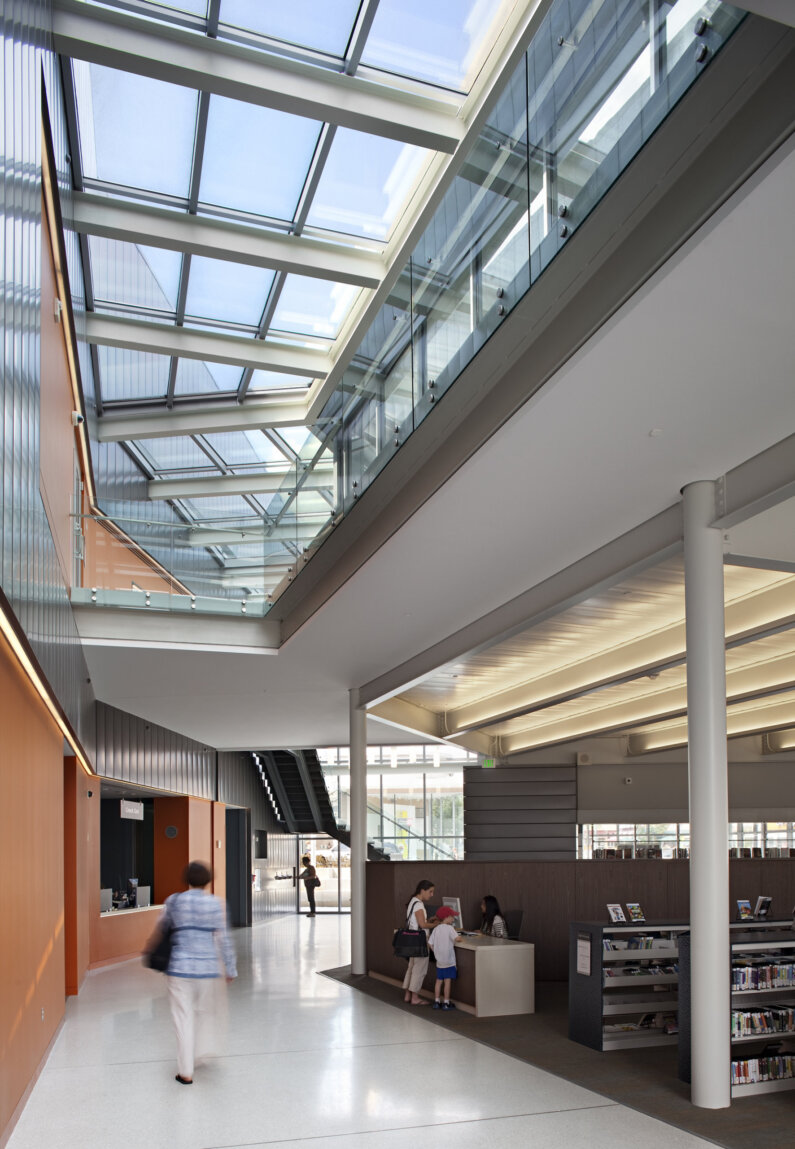
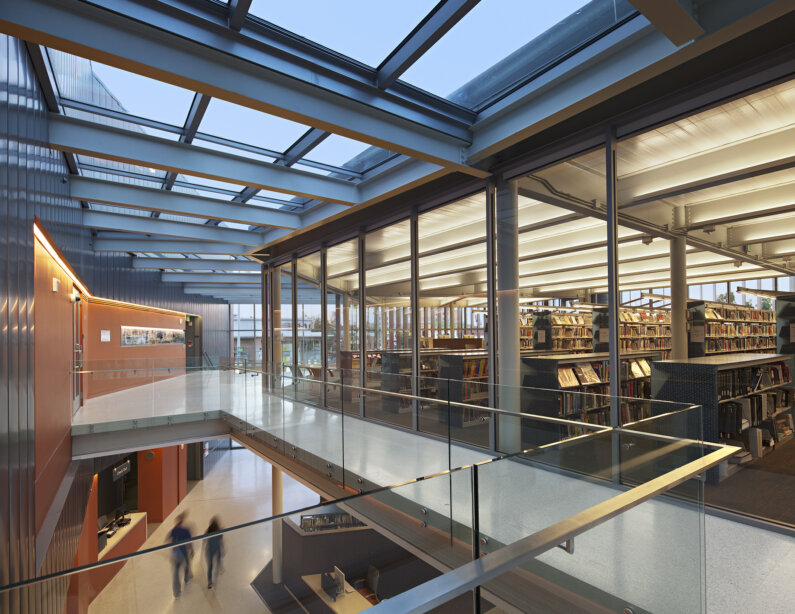
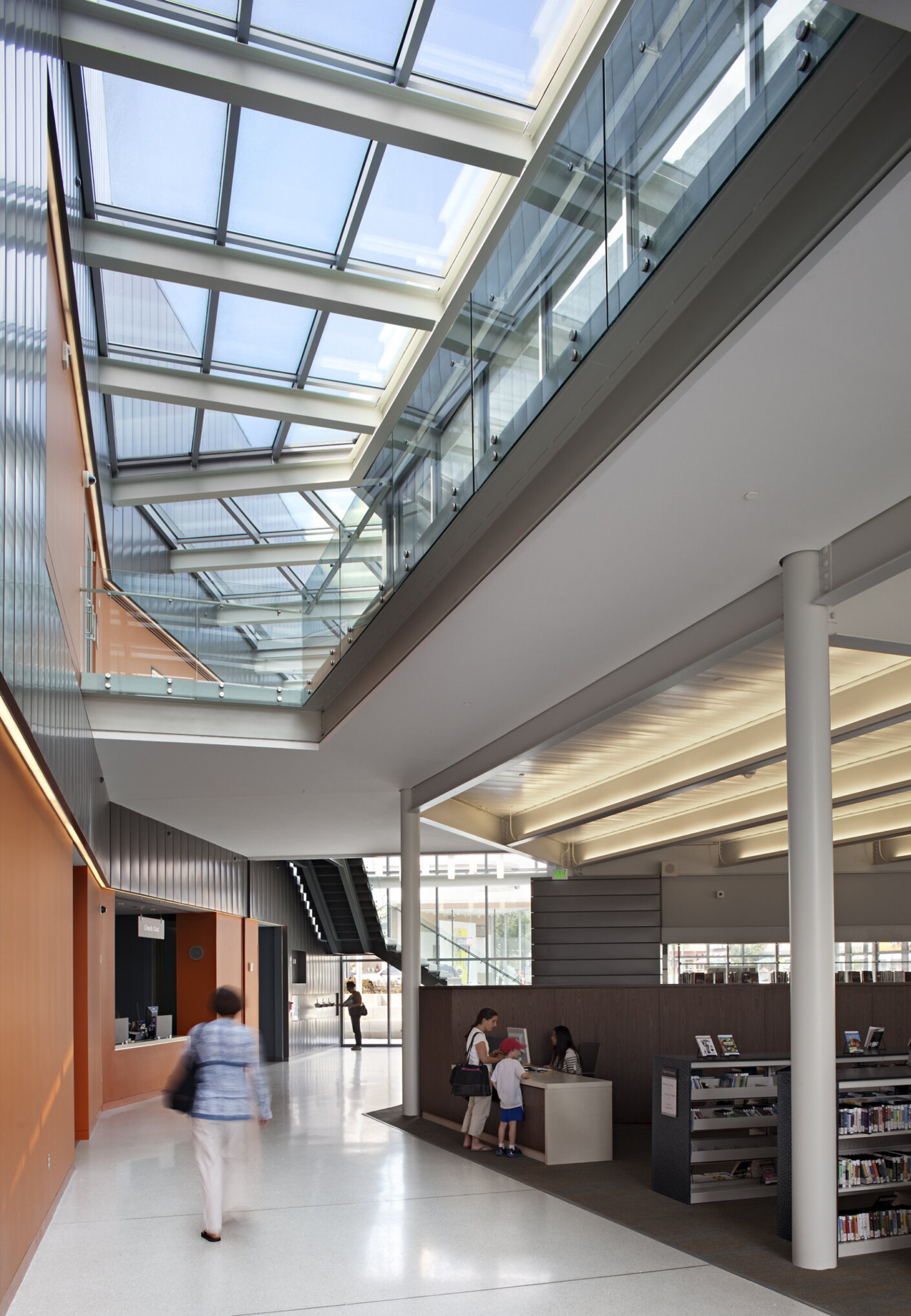
While it is expected that a modern library be designed to flexibly change to evolving interior programs, the Tenley Library can adapt to future urban developments. Because the city retains the development rights for the adjacent property, the west side of the building was designed to accommodate a future six-story mid-rise development above it.
The design incorporates many environmentally sustainable features including; a vegetative green roof, sunscreens to filter direct sunlight, energy efficient lighting, occupancy sensors, low-flow faucets and dual flush toilets, bike racks, energy efficient heating and cooling systems, recycled materials in countertops and flooring, and extensive use of daylighting.
